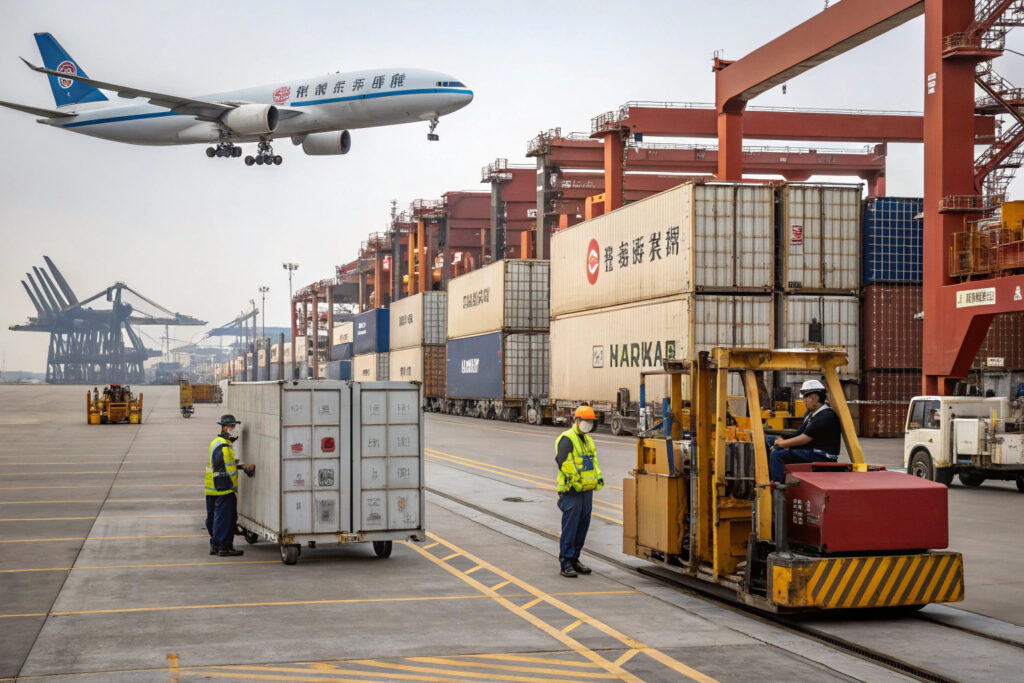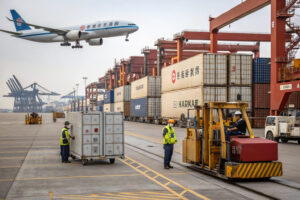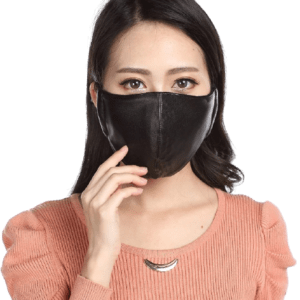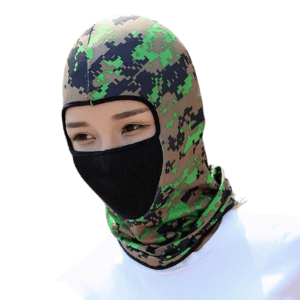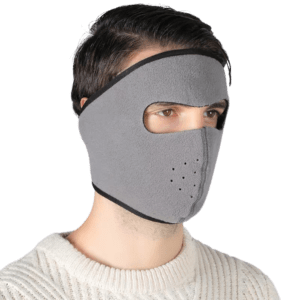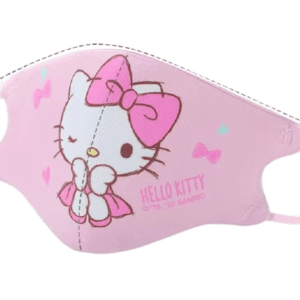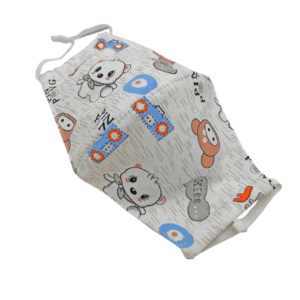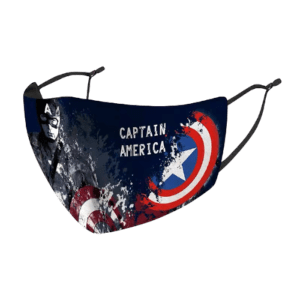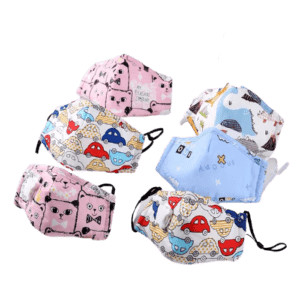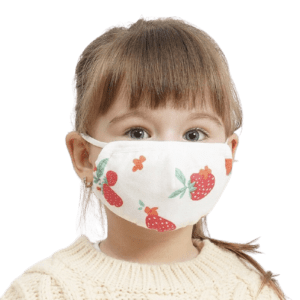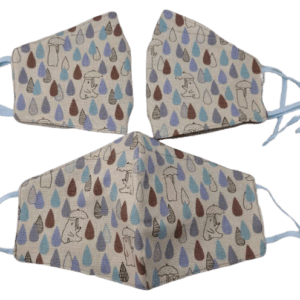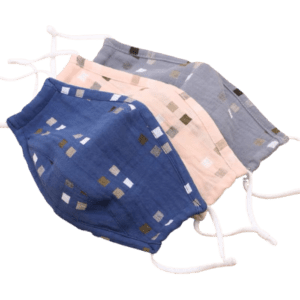Every fabric mask shipment carries the weight of expectations—on-time delivery, customs clearance, safety checks, and cost-effectiveness. But for many North American buyers, one key question remains: how long does it really take for fabric masks to arrive from China?
Shipping fabric masks from China to North America typically takes 3–35 days, depending on the shipping method. Air freight averages 3–7 days, sea freight 18–35 days, while courier express can be as fast as 2–5 days.
Buyers need fast, clear insights. That’s why in this blog, I’ll break down the shipping options, timeline ranges, and key factors that affect delivery speed. I’ll also share what we’ve learned from years of bulk exporting fabric masks worldwide—including strategies to help you get your shipments on time.
What Are the Main Shipping Methods for Fabric Masks?
Shipping method determines everything—from timeline and cost to risk. Choosing the right mode is often the first key decision North American buyers face.
The main shipping options for fabric masks from China are air freight, sea freight (FCL or LCL), and international courier (like FedEx, DHL, UPS). Each varies significantly in time and cost.
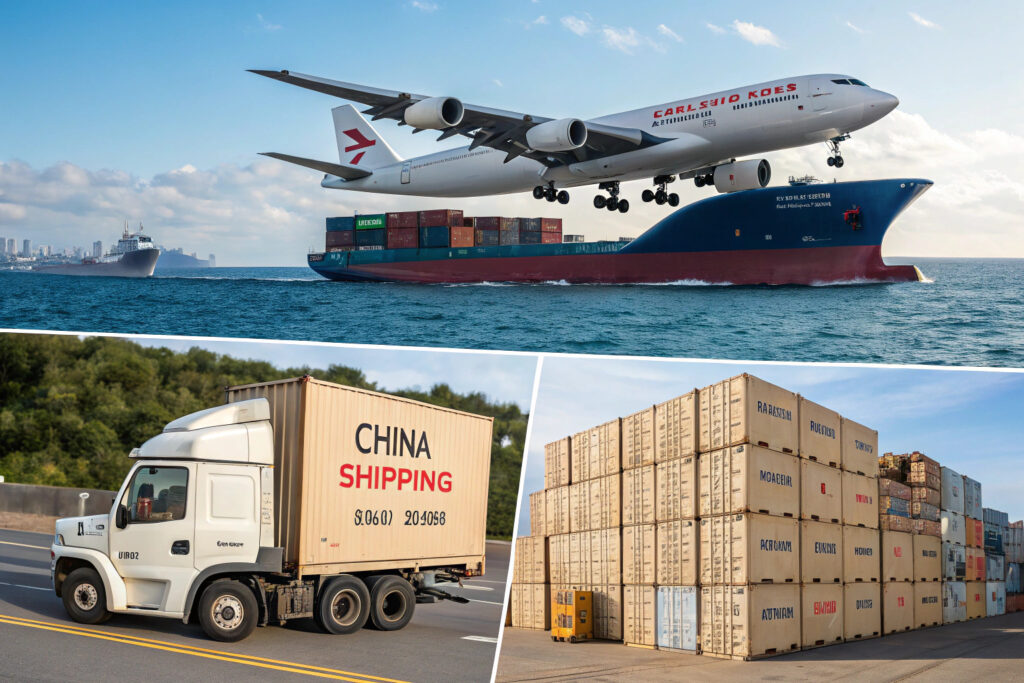
How Fast Is Air Freight for Fabric Masks?
Air freight is a popular choice for medium-sized bulk orders. On average, air freight takes 5 to 9 days door-to-door from China to North America, depending on the route and carrier. For example, Shanghai to Los Angeles is around 5–6 days including customs.
Most air cargo flights use freight-forwarder coordination to secure available space. Some even offer chartered aircraft for large urgent loads. But speed comes with higher fees—especially when mask cartons are lightweight yet bulky, triggering volumetric weight pricing.
If buyers want certainty with speed, air freight with customs broker support is ideal. UPS Supply Chain offers consolidated clearance services to help reduce delays.
What’s the Sea Freight Time for Large Orders?
Sea shipping is the most common method for large mask orders—especially full container loads. The transit time by sea from China to U.S. West Coast is 18–25 days, while East Coast takes 28–35 days, due to the Panama Canal passage.
It’s affordable for high-volume orders but less flexible. You’ll need to book well in advance, and loading/unloading adds several days. For smaller volumes, LCL (Less than Container Load) shipping may increase total time due to consolidation steps.
Using reliable ocean freight partners like Maersk or CMA CGM with local warehousing options in the U.S. can smoothen the journey.
What Factors Affect Shipping Time Accuracy?
Even with fixed timelines, many variables disrupt shipments. From my years in the mask export business, I’ve seen how small hiccups can delay deliveries by weeks.
The top factors that affect shipping time are customs clearance, port congestion, carrier availability, seasonal surges, and inland transport delays in destination countries.
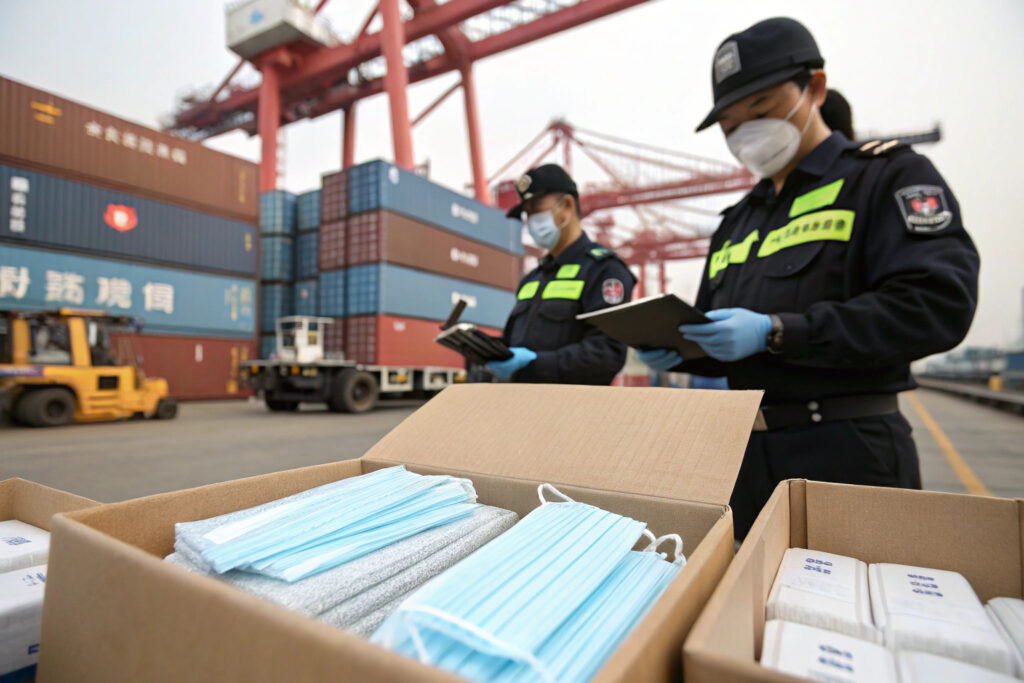
How Does Customs Impact Mask Delivery?
Customs delays are a frequent issue, especially with pandemic-related PPE scrutiny. U.S. customs may inspect fabric mask shipments for material compliance or labeling accuracy. If HS codes or certifications are unclear, you could face holds of 3–10 days.
To avoid this, we always include full documentation: commercial invoice, packing list, certificate of origin, and testing reports if applicable. Working with a customs broker helps clear goods faster.
Sometimes U.S. buyers underestimate the time needed for import security filing (ISF) or anti-dumping reviews. Planning for these can save days.
When Does Port Congestion Cause Delays?
Port congestion often strikes during peak seasons like November–December or post-Chinese New Year. Major hubs like Long Beach or Vancouver see vessel queues, leading to 5–12 day delays.
This ripple effect also affects trucking and last-mile delivery in North America. To counter this, we offer flexible port options—routing via lesser congested ports like Tacoma or Oakland.
Keeping track of port congestion updates helps buyers choose better arrival windows.
How Can You Speed Up Your Fabric Mask Shipment?
We often get urgent requests from buyers needing fabric masks delivered in under 10 days. Speeding up delivery takes strategy and the right partnerships.
To speed up shipping, choose fast customs brokers, pre-book space, use air + express combo, and select flexible ports. Communicate clearly with suppliers about packaging and documentation.
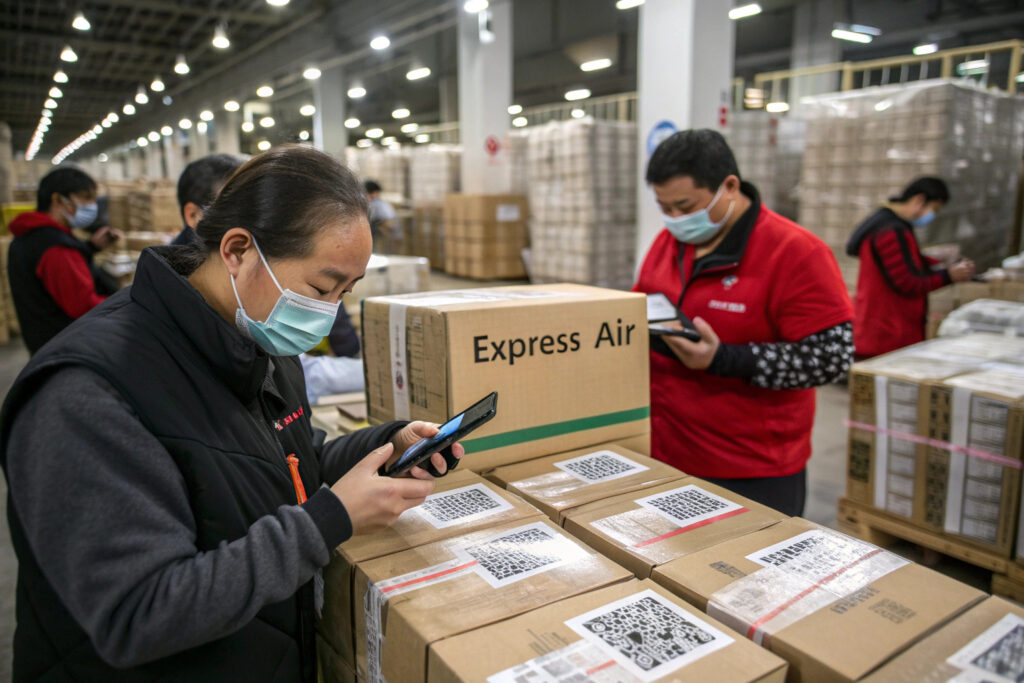
What Is the Fastest Method for Urgent Orders?
For emergency restocks, we suggest Express Courier (e.g., DHL/FedEx). These services can deliver in 2–5 business days door-to-door. They're costlier but efficient—no port stops, minimal customs delay, real-time tracking.
Some clients combine courier for part of the order and air freight for the rest. This hybrid approach balances cost and urgency.
ShipBob and Easyship offer rate calculators for quick comparison. We’ve worked with both to support U.S. online mask retailers.
How Does Packaging Optimization Help Speed?
Odd-shaped or oversized cartons often delay handling at airports and terminals. That’s why we use optimized export cartons—standard size, reinforced edges, stackable designs. This speeds up warehouse checks and pallet loading.
We also apply QR code labels to every carton, which link to product specs and test results. Customs officers can scan and approve instantly—cutting clearance time significantly.
Finally, consolidating shipments with fabric or accessories into one well-packed unit saves both time and fees.
What’s the Most Cost-Effective Option for Bulk Shipping?
Not every buyer needs lightning speed. For larger orders, balancing cost and time is key—especially if masks are part of seasonal or wholesale stock.
Sea freight is the most affordable for high-volume orders, while air freight offers a good balance of speed and cost. Couriers are ideal for urgent low-volume shipments.
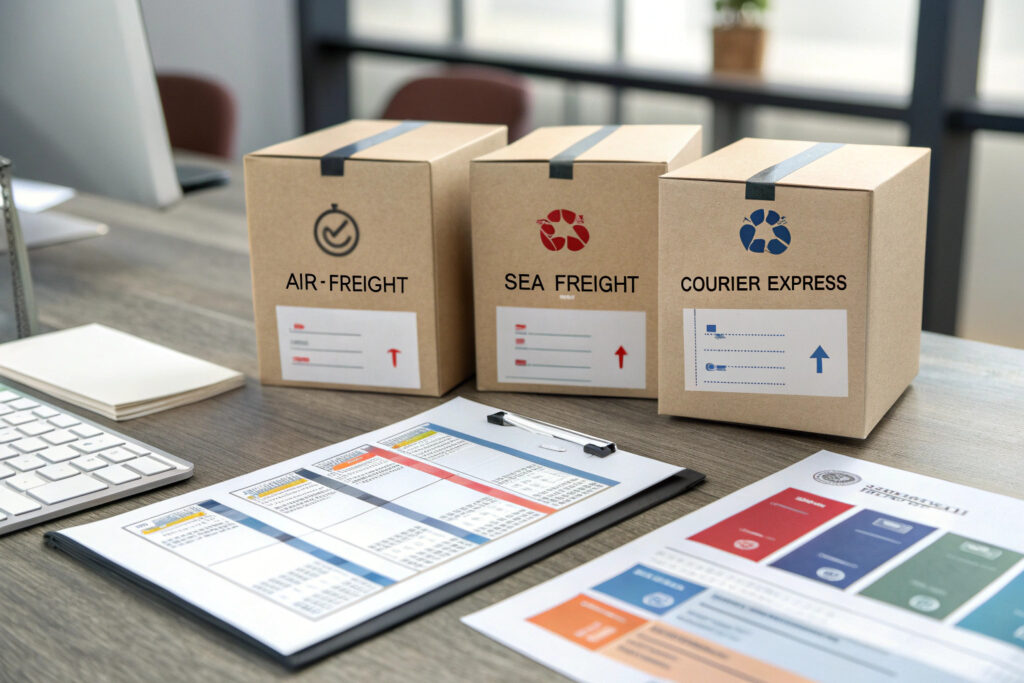
How Do You Calculate Cost vs. Speed?
Let’s say you’re shipping 5000 pcs of cloth masks (around 15–20 cartons). Sea freight may cost $600–$800 for LCL, taking 25 days. Air freight might be $1,200–$1,500, arriving in 6 days. Courier like DHL could cost $2,800–$3,200 and take 3 days.
If you need 30% stock urgently, use courier for part, and sea for the rest. Many of our wholesale mask clients use this mix.
Using a freight calculator helps determine your breakeven point based on urgency.
What Payment and Insurance Options Lower Risk?
Longer shipping timelines increase the risk of damage or customs issues. We offer buyers cargo insurance, plus payment plans like LC at sight or 30% advance, 70% before delivery.
If you’re using FOB terms, work with reputable forwarders who manage transit visibility. With DDP, we handle all shipping steps including duty payment and delivery.
Platforms like Alibaba Trade Assurance also protect small business buyers with shipping guarantees.
Conclusion
Shipping fabric masks from China to North America doesn’t have to be a guessing game. With the right method, planning, and supplier coordination, delivery can be predictable and efficient. Whether you need fast air express for e-commerce or economical sea freight for bulk orders, our team helps you get it done smoothly. Every shipment we handle is backed by traceable QC data, export expertise, and flexible logistics—so you always stay ahead of your schedule and your competition.

